Bacillus thuringiensis (Bt) is a bacterium that produces proteins that are toxic to certain insects. It is commonly used as a biological control agent to manage pests in agricultural and horticultural crops. Bt can be effective against a wide range of pests, including:
- Lepidopteran insects: Bt is particularly effective against caterpillars of butterflies and moths, the tobacco budworm, and the tomato hornworm.Tobacco Budworms (are also known as Corn Ear Worm, Tomato Grub, or Cotton Bollworm)
-
Coleopteran insects: Bt can also be effective against beetles, including the and the Japanese beetle.
-
Dipteran insects: Bt can be effective against flies, including the house fly and the fruit fly.
-
Hemipteran insects: Bt can be effective against certain types of true bugs, including the cotton bollworm and the soybean aphid.
Bacillus thuringiensis (Bt) is generally considered to be a safe and effective way to manage pests in agricultural and horticultural crops. Bt produces proteins that are toxic to certain insects, but it is not harmful to humans, animals, or the environment.
Bt is specific to certain groups of insects, so it only affects the pests that it is designed to control. It has low toxicity to non-target organisms and does not persist in the environment for long periods of time.
In addition, Bt has been widely used for many years and has a long history of safe use. It is approved for use in organic farming and is included on the list of substances allowed for use in organic production by the United States Department of Agriculture (USDA).
Bacillus thuringiensis (Bt) can be used in a variety of ways to manage pests in agricultural and horticultural crops. Some common methods of using Bt include:
-
Spraying: Bt can be mixed with water and sprayed onto plants as a liquid solution. This method is most effective when the pest is in the larval stage and is feeding on the plant.
-
Dipping: Bt can be mixed with water and used to dip cuttings or seedlings before planting. This helps to protect the plants from pests during the early stages of growth.
-
Dusting: Bt can be mixed with a dry carrier, such as talc or kaolin, and dusted onto plants. This method is particularly effective against pests that are feeding on the underside of leaves.
-
Soil drenching: Bt can be mixed with water and applied to the soil around the base of the plant. This method is most effective against pests that are feeding on the roots of the plant.
Bacillus thuringiensis (Bt) is a bacterium that produces proteins that are toxic to certain insects and is commonly used as a biological control agent to manage pests in agricultural and horticultural crops. Here are some potential pros and cons of using Bt:
Pros:
-
Effective against a wide range of pests: Bt is effective against a wide range of insects, including caterpillars, beetles, flies, and true bugs.
-
Specific to certain groups of insects: Bt is specific to certain groups of insects, so it only affects the pests that it is designed to control. This helps to minimize the impact on non-target organisms.
-
Safe for humans, animals, and the environment: Bt has low toxicity to humans, animals, and the environment, making it a safe alternative to chemical pesticides.
-
Approved for use in organic farming: Bt is approved for use in organic farming and is included on the list of substances allowed for use in organic production by the United States Department of Agriculture (USDA).
Cons:
-
May not be effective against all pests: Bt is effective against a wide range of pests, but it may not be effective against all types of pests.
-
May require multiple applications: Bt is most effective when applied during the larval stage of the pest's life cycle, when the pest is actively feeding on the plant. If the pest population persists, multiple applications may be necessary.
-
Can be expensive: Bt can be more expensive than some chemical pesticides, which may make it less cost-effective for some farmers and gardeners.
-
May require special handling and disposal: Bt may require special handling and disposal, as it is a biological agent and must be handled according to specific guidelines.
Overall, Bt can be a useful tool for managing pests in agricultural and horticultural crops, but it is important to carefully consider the pros and cons and to use it in conjunction with other pest management strategies to provide a comprehensive approach to pest control.




Share and get 15% off!
Simply share this product on one of the following social networks and you will unlock 15% off!